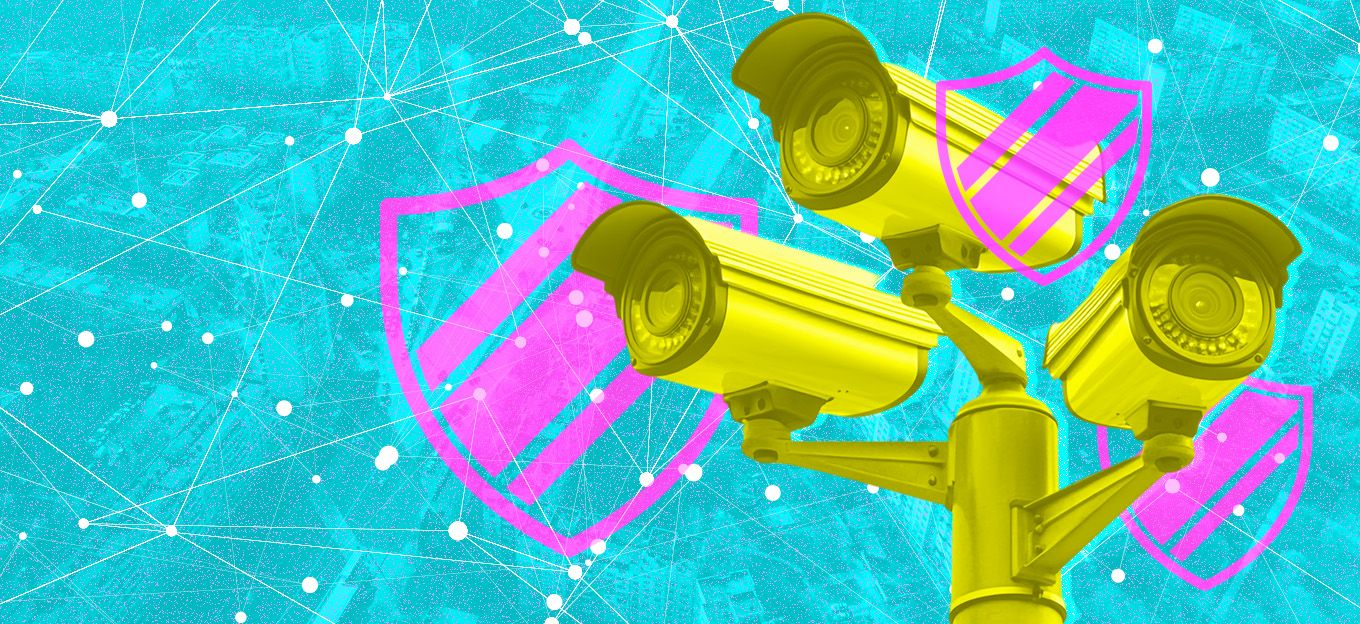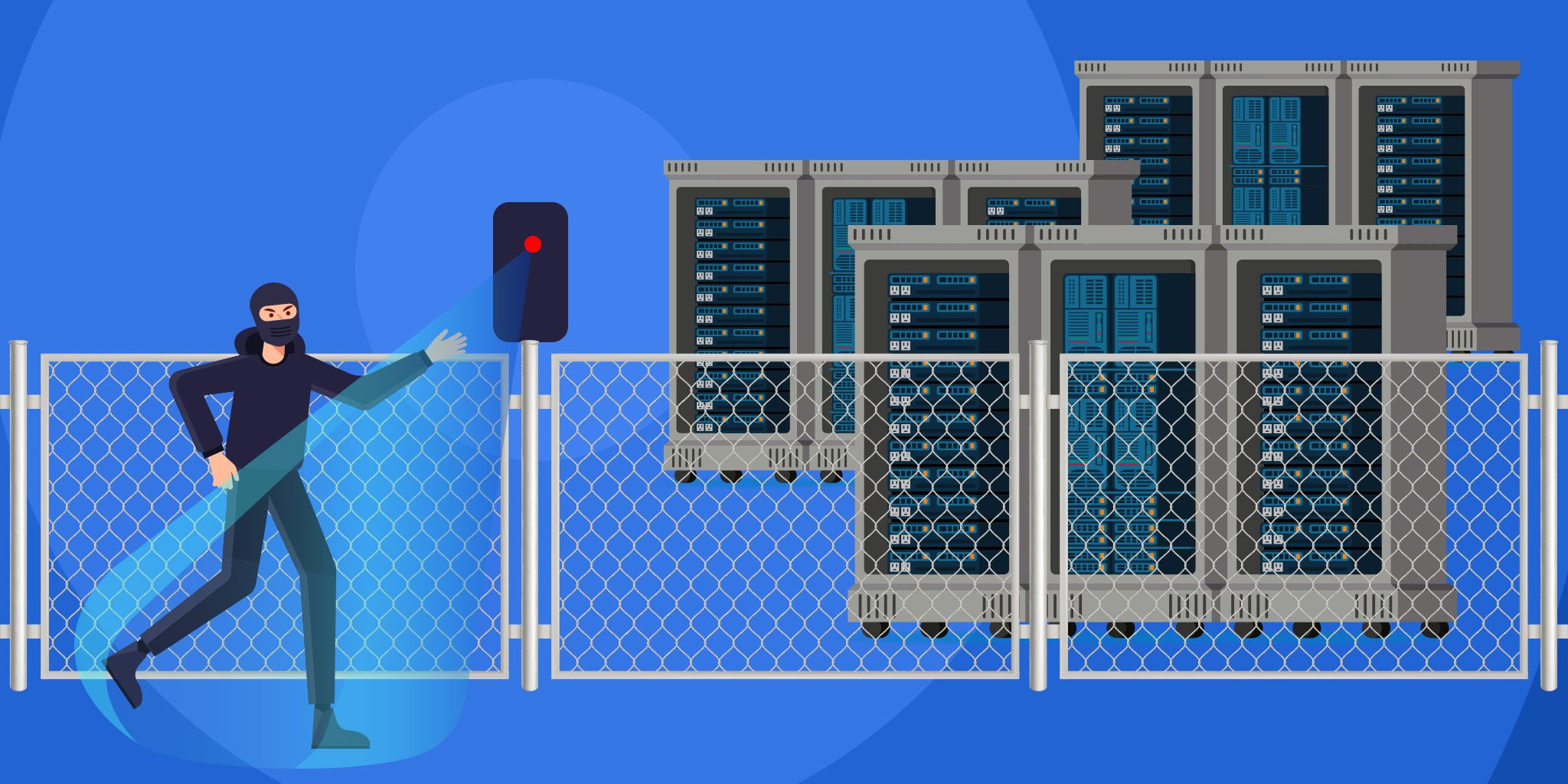How to Improve IoT Security In Your Smart Home
How to Improve IoT Security In Your Smart Home
- Last Updated: December 2, 2024
Guest Writer
- Last Updated: December 2, 2024



Interested in smart home automation, but concerned about the risks? Don’t worry, we’re going to share everything you need to know about getting smart with your smart home system.
Let’s be honest, the ability to control the various devices and appliances in your home — from the thermostat and television to smart locks and lights — can add a lot of convenience to your busy life. But with that extra efficiency and convenience, your intelligent devices also bring in added cybersecurity risks.
The invisible threat of digital home invasion is on the rise, and improving smart home security is more important than ever as consumers purchase more connected devices.
That is, the various internet-connected devices that turn your home into a smart home might also make it more insecure, as they are potential gateways for hackers to enter and exploit. Don’t panic, but we’ve found that these devices can indeed make you more vulnerable to cyber-attacks.
And not just cyber-attacks — what if a hacker can get their hands on your smart thermostat data to figure out the time slots you’re away from home? Talk about a window of opportunity!
So if you’ve invested money in building a smart home, you’ll want to invest some time to secure it, too. We’re going to unpack exactly how you can fight against cyber-attacks (and other attacks) while building out your smart home ecosystem.
Get Your Router Foundations Right
Your router is the virtual “front door” of your smart home. It connects all of your IoT devices, so it needs to be untouchable. Here are some tips and tricks to secure your router from bad actors.
First off, change your router’s default name (usually the make or model) given by the manufacturer. Cybercriminals can gain easy access to your network if they’re able to determine this, so give your router a unique name that can’t be traced to you or your home address.
Likewise, use a complex password that’s a combination of uppercase and lowercase letters, numbers, and special characters. The longer the password, the better. Also, we recommend using a strong encryption protocol — like WPA2 instead of WPA or WEP. Without getting too technical here, WPA2 encryption protects your Wi-Fi access points and secures your network.
Be sure to have different login credentials for every IoT device. This way, even if one device is compromised, others remain unaffected. Finally, consider using a password manager tool to securely store all your passwords (just don’t forget your password to access your password manager!).
One pro tip is to always go with WPA2, or better yet, WPA3 protocol. In many ways, WPA3 protocol is the next revolution in router protection, as it leverages 128-bit encryption.
Set Up A Separate Network for IoT Devices
Modern routers give you the ability to create a guest network separate from your primary network. This way, your relatives, friends, and guests can only access a separate network that doesn’t tie to your IoT devices, which means you retain sole control of your smart home.
As you can see, an important point to keep in mind is control. You want to remain in total control over access and modification of your router and any linked smart home devices. In other words, don’t even give cyber-criminals an inch to work with — if you do, they’ll take a mile every time.
Ensure All Devices Are Always Up-To-Date
Note that your router, IoT devices, and their corresponding apps may not update automatically. So if you receive a notification about a new update, don’t procrastinate in installing it, as it may be a critical patch for a security bug.
Also, you’ll want to check for updates now and then manually. If there’s one available, you’ll want to jump on it. The bottom line here is that keeping your devices as up-to-date as possible will help to limit your risk of attack (or reinforce any chinks in your armor).
Disable Surplus Features
Many smart devices give you the ability to control them remotely, as they operate online. We’ve used plenty of smart home technology over the years, and remote access and control are some of our favorite features that many smart products offer. That said, if you don’t need remote access, make sure to disable it.
Similarly, your smart speakers may have the option of Bluetooth control in addition to Wi-Fi, but if you don’t use this feature, you’d be wise to disable it. In essence, you want to curb as many potential entry points into your network as possible. Remember, you’re trying to Fort Knox-ify your home — at least in respect to IoT security.
Enable Two-Factor Authentication
Two-Factor Authentication, or 2FA, gives you an additional layer of security over a mere password. Once enabled, every time someone tries to access your smart device, they have to prove identity. You’ve probably seen this before, especially when dealing with online bank accounts and the like.
This proof of identity comes in the form of a one-time password (OTP) or a verification code sent to your smartphone or email address that verifies if the person trying to log in is actually you. Most IoT devices have a built-in two-factor feature, so we recommend checking your device settings and enabling 2FA right away.
User Control
Don’t wait for some fraudster to remind you why it’s better to be safe than sorry. The last thing you want is for a hacker to gain access to your personal or financial information or gain control of your smart security cameras to spy on you in your home. Sure, this is the worst-case-scenario, but you’d be surprised by how often it happens in the U.S.
Take heed of the five best practices outlined above. It’s also important to do your homework when purchasing a new IoT device to see if it has any user-reported vulnerabilities. And finally, take charge of your smart home security so that you feel safe and secure in your home.
The Most Comprehensive IoT Newsletter for Enterprises
Showcasing the highest-quality content, resources, news, and insights from the world of the Internet of Things. Subscribe to remain informed and up-to-date.
New Podcast Episode

IoT and AI in 2026
Related Articles





